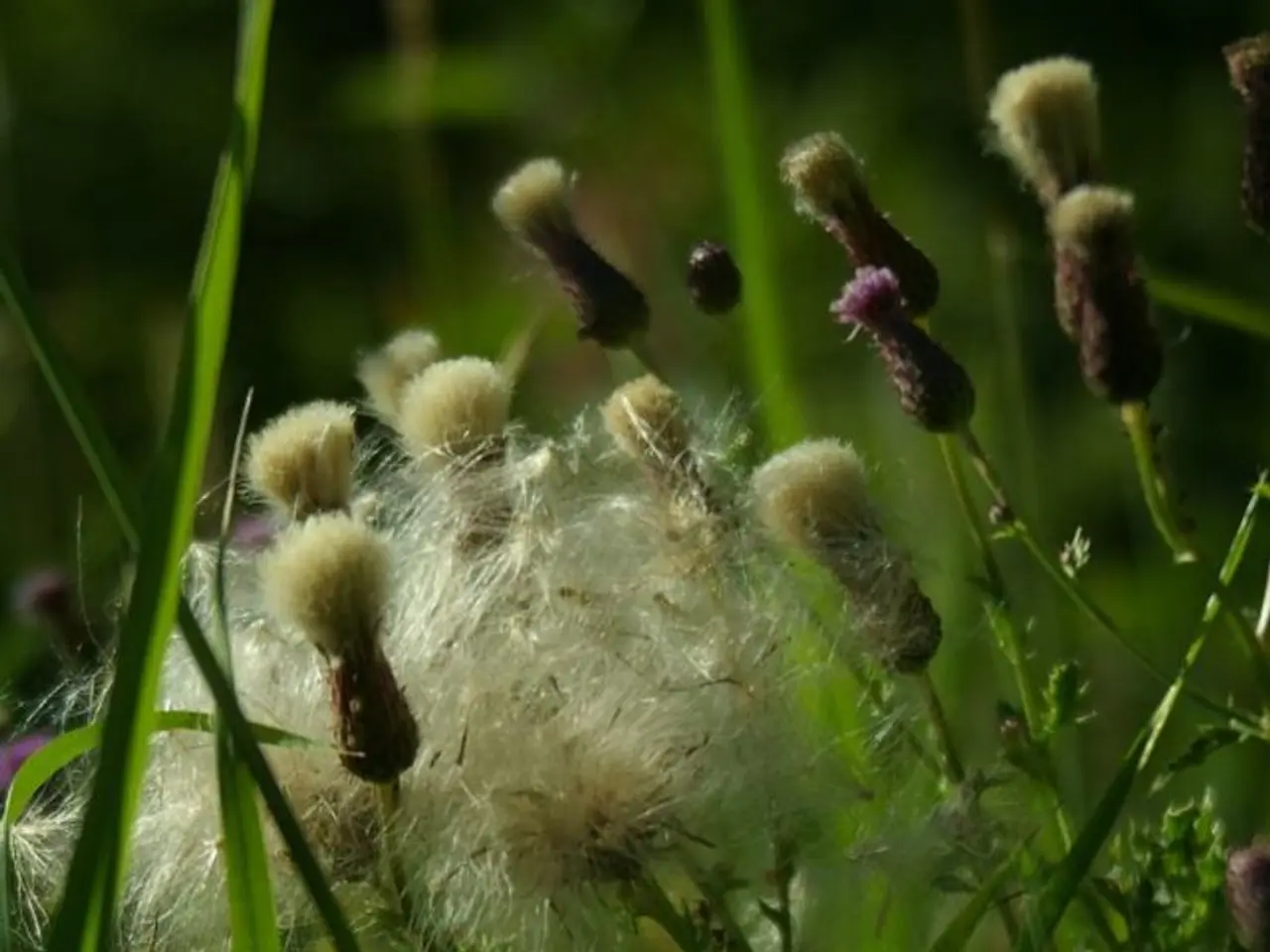Applying Lawn Fertilizer: A Comprehensive Guide on Timing
Spring Lawn Fertilization: A Guide for Healthy Grass
Spring is the perfect time to revitalize your lawn, but knowing when and how to apply fertilizer is crucial for promoting healthy growth. Here's a simple guide to help you get started.
Firstly, it's essential to wait until your lawn has been mowed one or two times before applying fertilizer. This ensures that the grass is actively growing and can benefit from the nutrients.
For cool-season grasses, such as Kentucky bluegrass and fescue, fertilize in early spring when the soil temperature reaches around 55–65 °F and the grass is green, usually after the second mowing. In Pennsylvania, for example, the first fertilization should happen when the soil temperature reaches about 55–60 °F in early April. Fertilizing too early can result in excessive top growth with weak roots.
On the other hand, warm-season grasses like Bermuda grass and Zoysia grass should be fertilized later in the spring, when the grass is fully green and daytime temperatures reach about 80 °F. This usually occurs in late spring to early summer.
Using a soil thermometer can help improve timing accuracy over calendar dates alone. This tool allows you to check the soil temperature and fertilize at the optimal time, ensuring a healthier lawn.
When applying fertilizer, it's important to follow the directions on the grass fertilizer package for proper application. This will help prevent over- or under-fertilization, which can lead to brown patches with crunchy yellow leaves on the lawn.
Organic fertilizers, such as poultry litter, are a great choice for improving garden soil quality and promoting healthy grass growth. The optimal time to apply organic fertilizer is from May to September.
Remember, a green, healthy lawn not only enhances the appearance of your home but also provides a safe space for family gatherings, children's play, and pet roaming.
Lastly, it's crucial to apply fertilizer evenly over the entire lawn to avoid patches of over or under-fertilized grass. Soil testing before fertilization is also necessary to avoid a patchy, yellow lawn. It's usually best to fertilize before rain is forecasted, allowing the fertilizer to be absorbed into the yard before the rain.
In summary, the best time to fertilize your lawn in the spring is from the end of February till April for cool-season grasses, and in late spring to early summer for warm-season grasses. With the right timing and application, you can enjoy a beautiful, healthy lawn all season long.
Engage in home-and-garden activities for a thriving lawn, and don't forget the importance of gardening in ensuring a lush garden. During spring, organic fertilizers like poultry litter can be applied from May to September to improve garden soil quality and promote healthy grass growth in your lifestyle.






